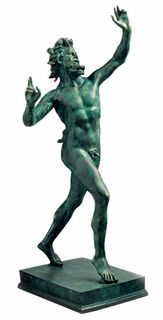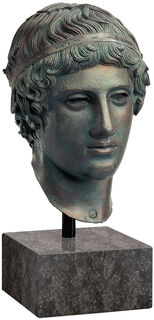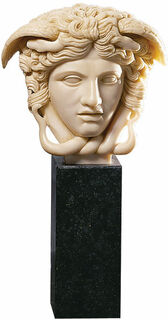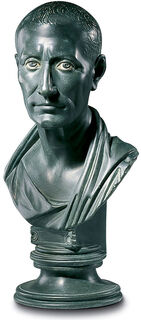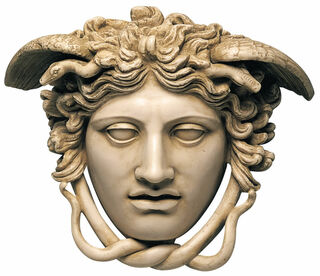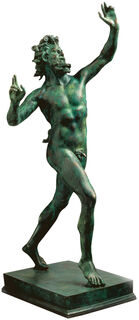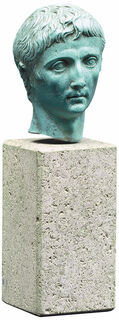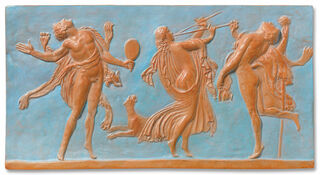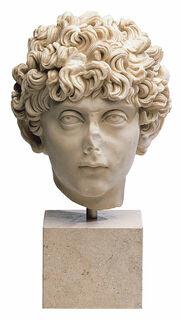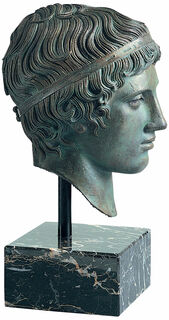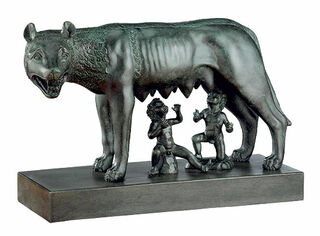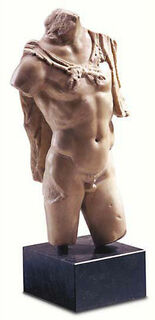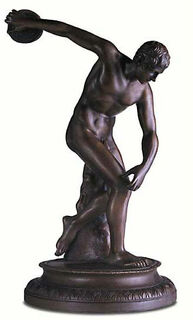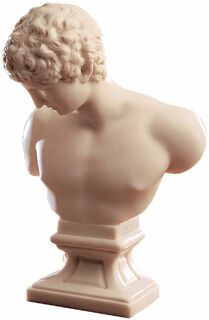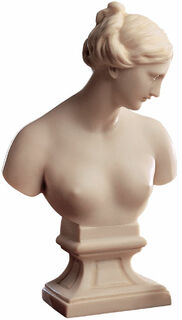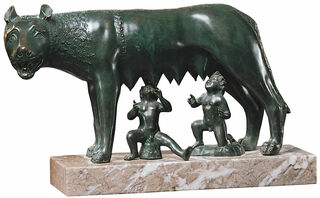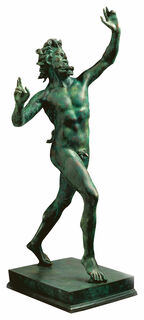Roman Sculptures
Statues and Sculptures From Ancient Rome - Sculpture That Still Fascinates Today
They depict rulers, heroes, and figures from mythology: Statues and sculptures from ancient Rome are still admired today. They are both popular attractions and sources for countless reproductions from artisan workshops. Roman art is commonly referred to as the art from Italy and its provinces during the phase from around 500 BC to 500 AD. Numerous sculptures, statues, reliefs, and figures made of bronze, marble or other stone originate from this epoch. The art of this Roman epoch is fascinating partly because it found its motifs not only in politics but also in myths and legends, as well as in culture and sport. While sculptures of rulers and generals were commonly placed in public squares in ancient Rome, religion and mythology also played significant roles. As a result, many sculptures from Roman art show gods or mythical creatures. Statues of emperors, rulers, gods, and mythological figures were erected in Rome to honour them and to remind the people of their enduring presence. In addition, sculptures of athletes honouring their achievements were created in Rome. Sculpture works were typically located in highly representative buildings such as temples, libraries, palaces, or even baths, but statues and sculptures also adorned private homes in ancient Rome.
Sculpture in the Roman Empire - Modes of Representation and Genres
Sculpture in ancient Rome was mainly concerned with people or gods. These were represented in monumental statues, life-size and larger-than-life sculptures, smaller figures, as well as busts and reliefs. While there was an orientation towards natural human anatomy, models were often portrayed not realistically but idealistically. The Romans did not develop their own ways of depicting statues and sculptures. Instead, sculptors were strongly inspired by the sculptures of the Greeks or simply copied some Greek models. In fact, some Greek originals survive today solely because the Romans made copies of them. It wasn’t until busts and reliefs that the Romans began to pursue independent artistic paths. Above all, influential citizens and politicians had themselves portrayed in marble busts. The reliefs, which were similarly popular, were attached to buildings, columns or monuments and often served to narratively depict certain events.
Buy Statues and Sculptures from Ancient Rome at ars mundi
Many Roman sculptures were recovered during excavations and are exhibited in museums all over the world, such as the Palazzo dei Conservatori, Rome, the National Museums in Berlin, the National Archaeological Museum, Naples, the Musée du Louvre, Paris or the Roman-Germanic Museum, Cologne. You can buy many reproductions of these world-famous exhibits from ancient Rome at ars mundi. One of the most famous Roman sculptures is undoubtedly the "Capitoline She-Wolf with Romulus and Remus", which is considered the symbol of the city of Rome. Another famous statue is the victory statue honouring the athlete's achievement called "Discus Thrower of Myron". The Rome statues with mythological motifs also radiate the flair of antiquity, for example, the "Head of Medusa", the "Roman Venus", or "Fauno Danzante from Pompeii". At ars mundi, you can buy these and other Roman sculptures, such as works by the artists Giovanni da Bologna or Phidias.

